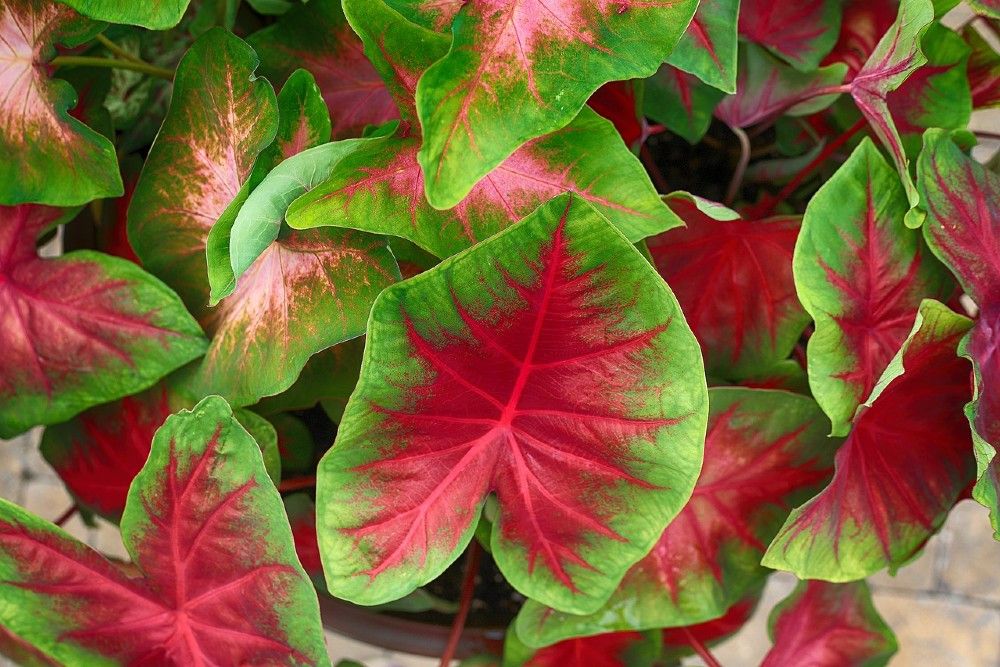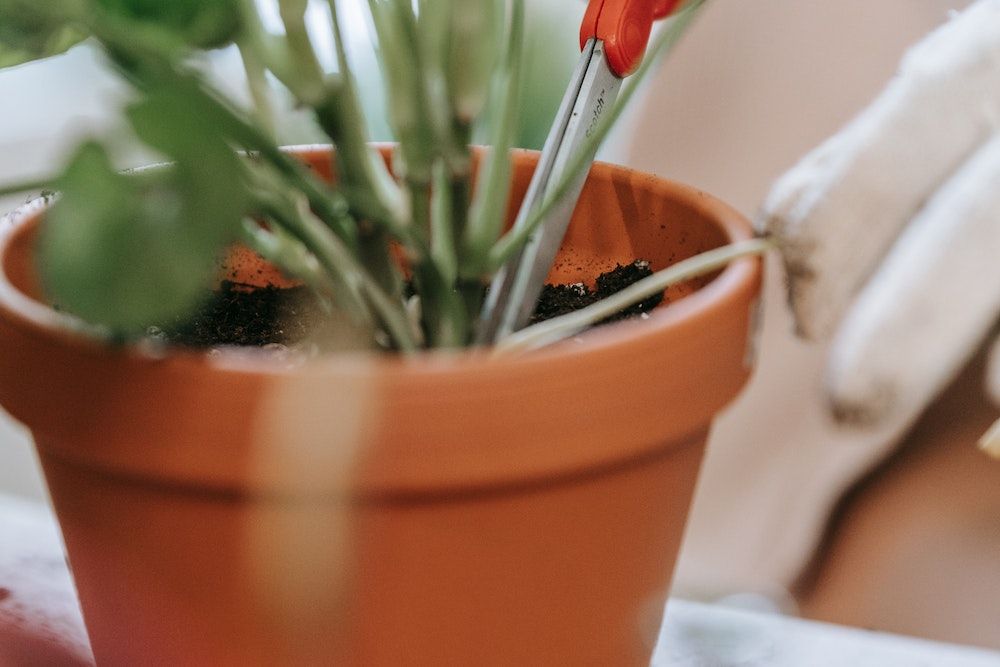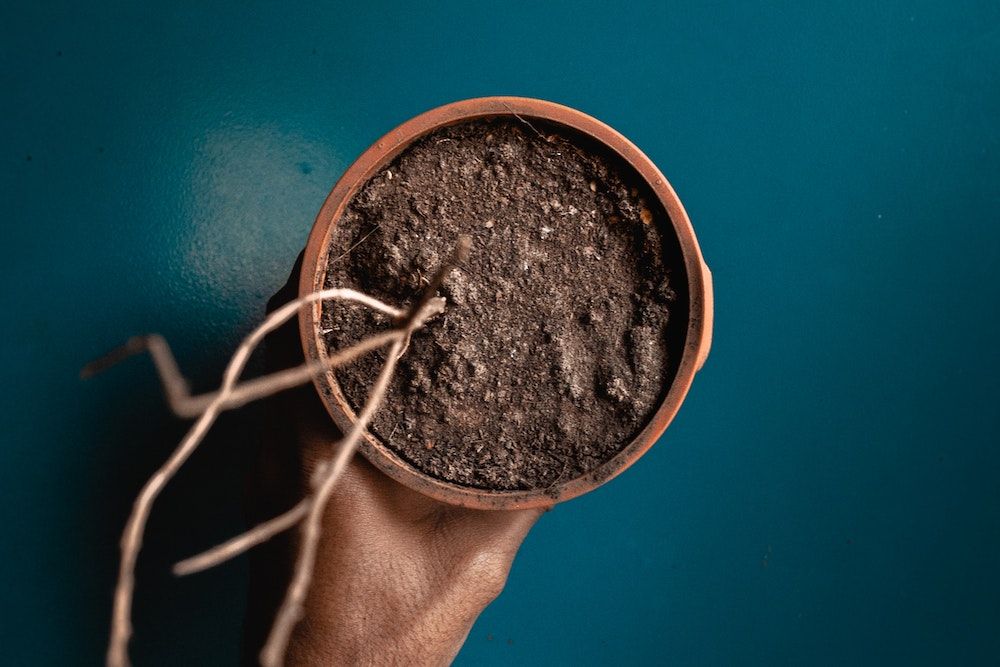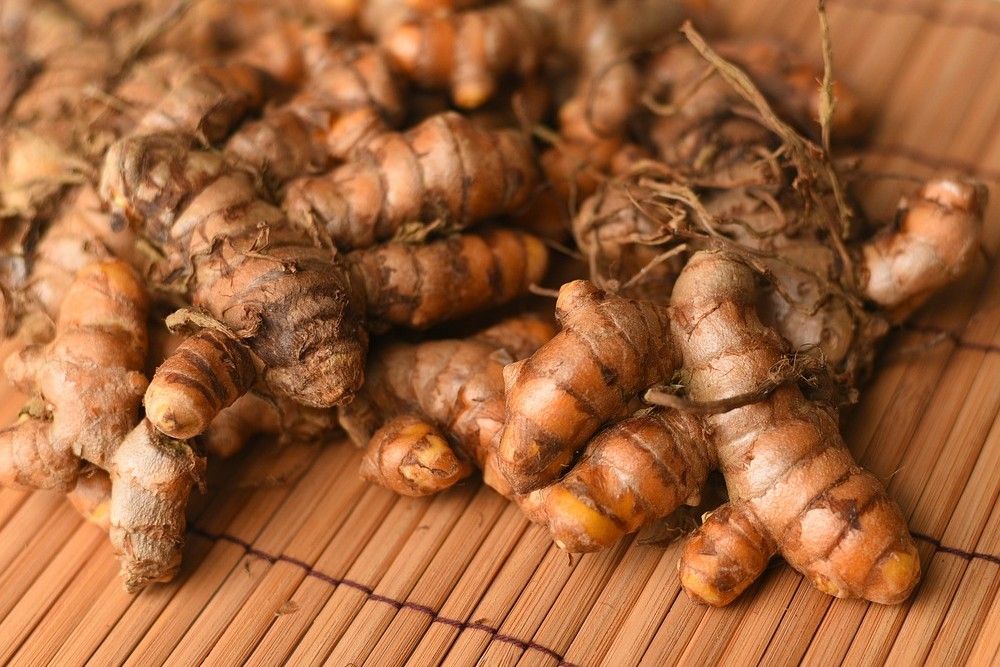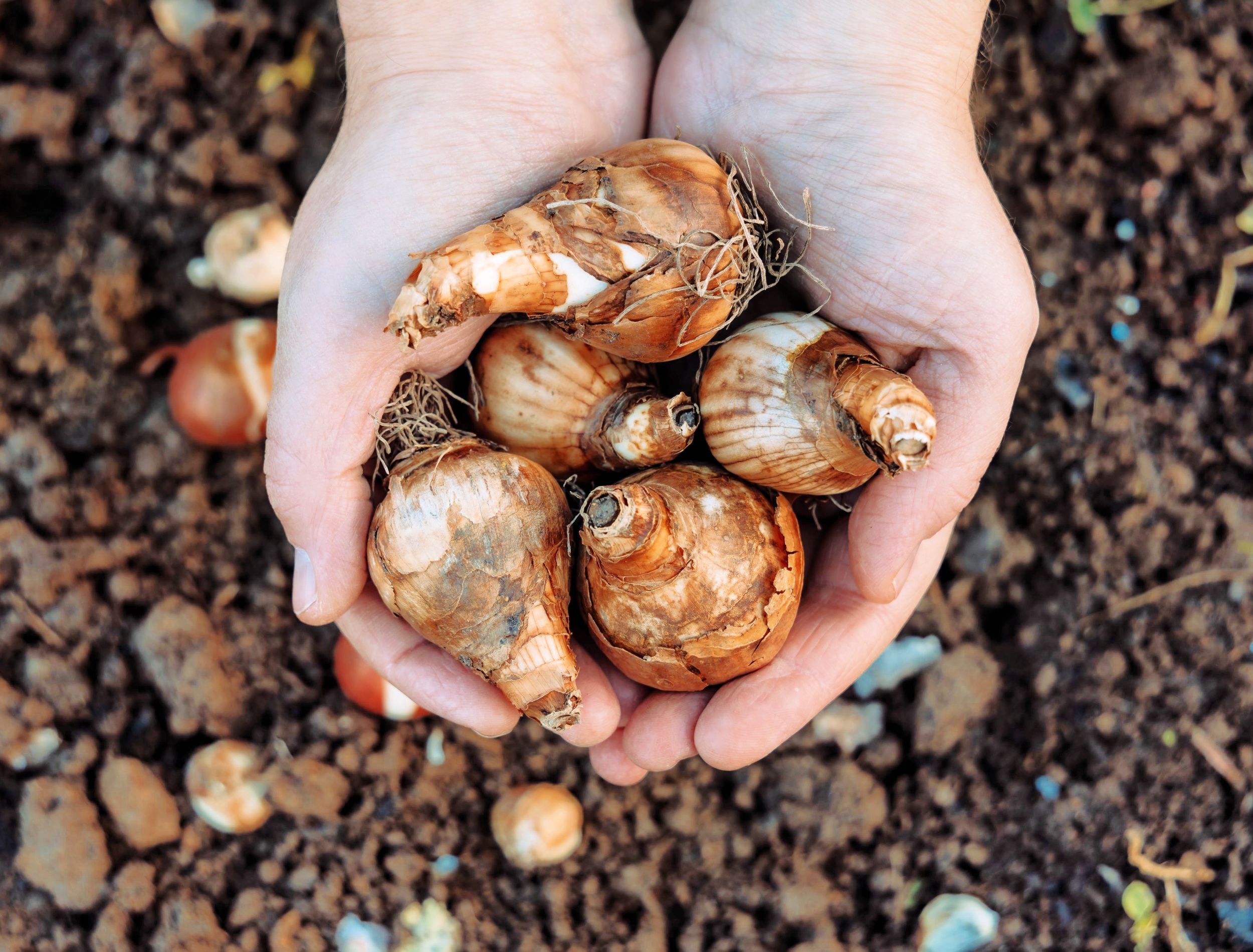When the cool weather approaches, gardeners naturally try to save as many of their plants as they can. Depending on your climate, certain perennials may not be hardy enough to survive outdoors. However, regardless of what plants are in your garden, there is a way to overwinter them. When overwintering dormant plants indoors, most do best with cooler temperatures and minimal light. The basement often offers a suitable environment and may be the ideal location for overwintering many of your plants and bulbs.
This guide will walk you through how to overwinter plants in your basement.
Materials Needed:
Image credits: cjp via Canva
Before you overwinter plants, you’ll need some tools first, including:
- gloves
- pruning shears or scissors
- digging fork or hand trowel
- cardboard box
- sawdust or coconut coir
Types of Plants You Can Overwinter Indoors
Image credit: mschiffm via Pixabay
You can overwinter some plants indoors, such as rosemary, Boston ferns, geraniums, and coleus as houseplants. This is a great decision if you have a location with enough light to support their growth. When overwintering plant indoors remember to keep them away from drafts or heat sources such as radiators.
Others plants are often easier to store as bulbs. Amaryllis, caladium, alocasias, and calla lilies are a few tender bulbs that won’t survive deep freezes. The term “tender bulbs” refers to plants that have an underground storage structure, used loosely to include corms, tubers, rhizomes, roots, and bulbs. Plants that store energy in their roots can grow back from that root structure, even after losing all their foliage. Storing these bulbs properly will make it possible to replant them come spring!
How to Overwinter Potted Plants in Your Basement
Cut Back
Image credit: Sasha Kim via Pexels
To overwinter potted plants in your basement, be sure to bring them inside before the first frost. Although you can overwinter and grow calla lilies, and alocasias as houseplants, if you don’t have a sunny location for them it might not be worth the hassle. In this care it’s better to let them go dormant and put them back outside in the spring.
In order to do this, use pruning shears or scissors cut back all the leaves. Remember all plant aren't created equal, so research your specific plant before making permanent cuts. If you decide to prune, cut a few inches above the soil, leaving a small portion of the stem intact. Now, place the pots in a cool, dry location, out of the sun.
Keep Them Dry
Image credit: Akshar Dave via Pexels
In order to simulate the dry season, drastically decrease the amount you water them. Water is a necessary part of plant survival so don't allow the roots to dry out. You can water once a month or even less -- Just remember to research your specific plant's needs.
Lowering the amount of water given to your plants in the winter also helps to avoid rot. Although the cool environment of the basement is ideal, the increased moisture is a downside. It’s best when the relative humidity is around 50 percent and if it creeps any higher, the excess water vapors in the air will increase the chance of root rot.
Keep it Cool
Image credit: Markus Winkler via Unsplash
The ideal temperature for overwintering potted plants is between 35 and 45 degrees Fahrenheit, often making the basement a good location. But, it does vary depending on the type of plant.
Tropical plants tend to like warmer temperatures. Keep plants away from heating vents and drafts as large temperature fluctuations can also be detrimental. It’s important that none of these plants freeze which is why an unheated garage is often too cold.
Once you have all your potted plants tucked away in the basement or garage, it's time to start on those bulbs.
How to Overwinter Bulbs in Your Basement
Dig Up
Image credit: Centre for Ageing Better via Pexels
If your plants are growing in the ground, then it’s best to store them as bulbs. Although amaryllis and caladium, for example, are stunning houseplants, they don’t often take well when transplanted. Digging them up and restarting them as bulbs is usually more successful.
After the first frost, the foliage will die back. Be sure to dig them up right away before root rot has a chance to creep up. Using a digging fork and starting a few inches back from the bulbs, gently dig up the roots. Damage to the roots can cause them to spoil so be cautious!
Cure Bulbs
Image credit: MYCCF via Pixabay
Most bulbs should be thoroughly washed with water to remove all the dirt. Check your particular variety, however, as some bulbs, such as gladiolus and calla lilies do best when left alone.
Place the bulbs in a warm spot to dry and cure. This will usually take one to three days, but depending on the species, can take up to three weeks. Once they are dry, brush off any remaining dirt and remove the old stems.
Store Bulbs
Image credits: S.O.E via Shutterstock
Once the bulbs have cured, place them in a cardboard box or a container that is breathable. Layer the bulbs between two inches of sawdust or coconut coir, ensuring none of the bulbs are touching. Store them in the basement; the ideal temperature is between 35 and 45 degrees Fahrenheit with a relative humidity of approximately 50 percent.
Throughout the winter, check to make sure the bulbs aren’t rotting. If any have spoiled, remove them so that they don’t contaminate others. If you notice the bulbs shriveling, they may need water. You can mist them lightly with a spray bottle.
Save Your Plants!
Being an avid gardener is not a cheap hobby, so it’s prudent to save your plants and bulbs when you can. This can save you money and time the following season. Overwintering both plants and bulbs in your basement is easy and it’s an ideal, out-of-the-way place to store them. In addition, the cooler temperature in most basements is perfect for preserving many plants, mimicking the dry season in their native environment.
Do you overwinter plants in your basement? Share your experience in the comments!



